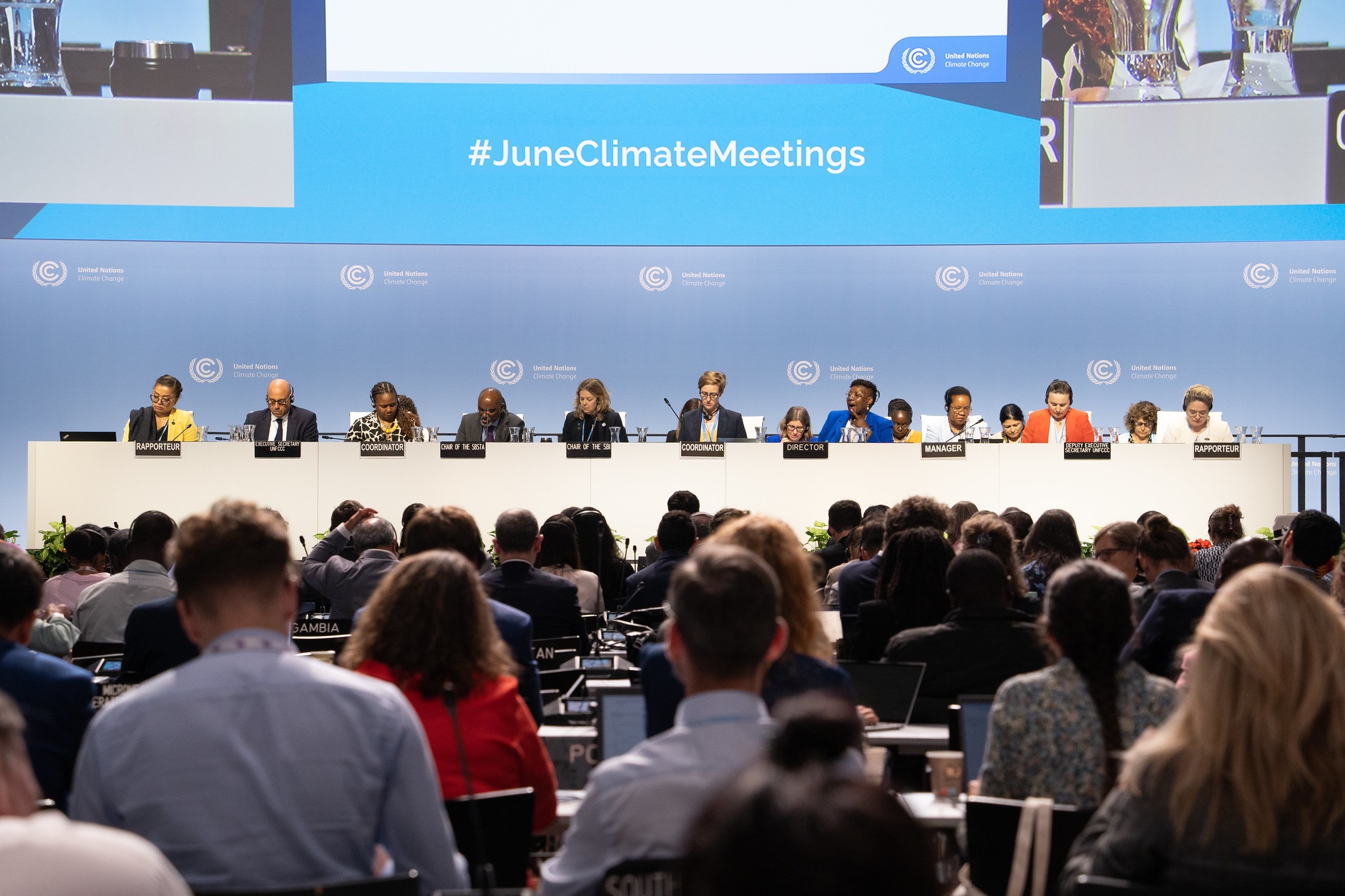Signals of commitment, gaps in delivery: Bonn climate talks set the stage for critical action at COP30 – eccoclimate.org

Report on the UNFCCC Bonn Climate Conference 2025 and the Road to COP30

Conference Overview and Outcomes
On Thursday, 26 June 2025, the UNFCCC Bonn Climate Conference concluded with modest outcomes. Despite the complex geopolitical landscape and the absence of a U.S. delegation, negotiators demonstrated strong determination by maintaining firm positions. This resilience underscores the ongoing importance of multilateral climate cooperation. Countries reaffirmed their commitment to delivering substantive results at COP30, scheduled for November in Belém, Brazil.
Emphasis on Sustainable Development Goals (SDGs)
The conference highlighted critical Sustainable Development Goals, particularly:
- SDG 13: Climate Action – reinforcing global efforts to combat climate change and its impacts.
- SDG 7: Affordable and Clean Energy – focusing on clean energy transitions.
- SDG 17: Partnerships for the Goals – emphasizing multilateral cooperation and finance mobilization.
Expert Insights
Alexandra Scott, Senior Climate Diplomacy Expert at ECCO – the Italian Climate Change Think Tank, stated:
“The tenacity on display in Bonn is a reminder that countries still value this process, even when progress is hard-fought. But we need leadership that goes beyond facilitation: we need vision, direction, and action. Brazil – and climate champions like Europe – have the chance to raise the bar at COP30 and deliver concrete results to keep the 1.5°C goal within reach.”
Key Issues and Challenges
Despite limited progress in critical areas, the conference revealed a global expectation for more ambitious action on the path to COP30:
- Climate Finance: Limited advancement on financial commitments, especially adaptation finance.
- Nationally Determined Contributions (NDCs): Only a few new or updated NDCs were submitted, indicating a need for accelerated ambition.
- Procedural Progress: Brazil, as COP30 Presidency, facilitated movement on stalled procedural issues from COP29, demonstrating an open and inclusive diplomatic approach.
Role of Brazil and Political Leadership
As the COP30 Presidency, Brazil has played a pivotal role in steering negotiations. However, significant climate decisions related to economic transformation, planning, and finance require leadership at ministerial and head-of-state levels. Upcoming high-level events such as the Clean Energy Ministerial, Africa Climate Summit, and UN General Assembly meetings are critical opportunities for leadership to deliver on:
- New adaptation finance pledges supporting vulnerable countries (aligned with SDG 1: No Poverty and SDG 10: Reduced Inequalities).
- Guidance from the Circle of Finance Ministers convened by Brazil to advance the $1.3 trillion roadmap toward tangible climate finance deliverables.
- Implementation of Brazil’s “action agenda” to secure real emissions reductions from countries, cities, and businesses in key sectors, supporting SDG 11: Sustainable Cities and Communities and SDG 9: Industry, Innovation and Infrastructure.
Conclusion and Forward Outlook
With only months remaining before COP30, the prevailing message from Bonn is clear: the climate negotiation process must transition into measurable progress. Countries are urged to arrive in Belém with clear, ambitious goals and a unified commitment to scaling up climate action, thereby advancing multiple Sustainable Development Goals and securing a sustainable future.
Photo by UNclimatechange
1. Sustainable Development Goals (SDGs) Addressed in the Article
- SDG 13: Climate Action
- The article centers on the UNFCCC Bonn Climate Conference and COP30, focusing on climate negotiations, emissions reductions, and adaptation finance.
- SDG 7: Affordable and Clean Energy
- Reference to the Clean Energy Ministerial highlights the importance of clean energy transitions.
- SDG 17: Partnerships for the Goals
- Emphasis on multilateral climate cooperation, diplomatic approaches, and the Circle of Finance Ministers indicates the role of global partnerships.
- SDG 1: No Poverty
- Implied through discussions on climate finance and adaptation finance pledges, which are critical for vulnerable populations.
2. Specific Targets Under the Identified SDGs
- SDG 13: Climate Action
- Target 13.1: Strengthen resilience and adaptive capacity to climate-related hazards and natural disasters.
- Target 13.2: Integrate climate change measures into national policies, strategies, and planning (e.g., updated Nationally Determined Contributions – NDCs).
- Target 13.3: Improve education, awareness-raising, and human and institutional capacity on climate change mitigation, adaptation, impact reduction, and early warning.
- SDG 7: Affordable and Clean Energy
- Target 7.2: Increase substantially the share of renewable energy in the global energy mix.
- SDG 17: Partnerships for the Goals
- Target 17.3: Mobilize additional financial resources for developing countries from multiple sources.
- Target 17.17: Encourage and promote effective public, public-private and civil society partnerships.
- SDG 1: No Poverty
- Target 1.5: Build resilience of the poor and those in vulnerable situations to climate-related extreme events and other economic, social and environmental shocks and disasters.
3. Indicators Mentioned or Implied in the Article
- Indicator for SDG 13
- Number and quality of updated Nationally Determined Contributions (NDCs) submitted by countries.
- Amount of adaptation finance pledged and disbursed.
- Policies and measures adopted to reduce greenhouse gas emissions.
- Indicator for SDG 7
- Share of renewable energy in the total energy consumption, as discussed in the Clean Energy Ministerial context.
- Indicator for SDG 17
- Financial resources mobilized through international cooperation (e.g., the $1.3 trillion roadmap).
- Number and effectiveness of multilateral partnerships and initiatives, such as the Circle of Finance Ministers.
- Indicator for SDG 1
- Extent of financial support provided for adaptation measures benefiting vulnerable populations.
4. Table of SDGs, Targets, and Indicators
| SDGs | Targets | Indicators |
|---|---|---|
| SDG 13: Climate Action |
|
|
| SDG 7: Affordable and Clean Energy |
|
|
| SDG 17: Partnerships for the Goals |
|
|
| SDG 1: No Poverty |
|
|
Source: eccoclimate.org








